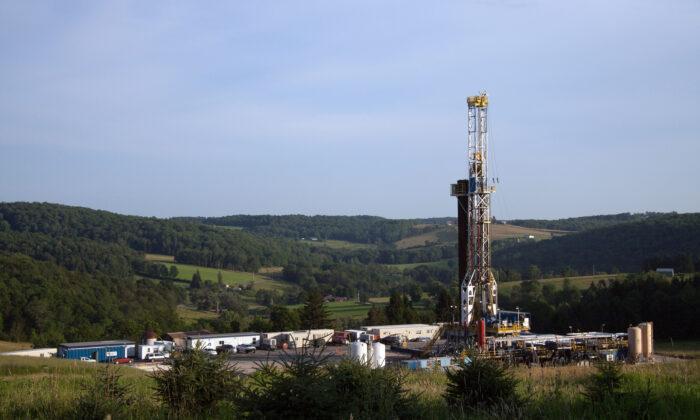Demand for hydrofracking equipment has been quickly outpacing supply lately, causing a serious parts shortage that is beginning to hamper the expansion of U.S. oil and gas production.
Halliburton Company warned in July that “supply chain bottlenecks, even for diesel fleets, make it almost impossible to add incremental capacity this year.”
The Texas-based energy company and its rivals are also reconditioning existing equipment, rather than investing in new models, due to the earlier downturn in demand during the pandemic, hampering profit margins in the industry.
“Availability of frac fleets is one of main bottlenecks impeding oil and natural as production growth for the next 18 months,” Robert Drummond, CEO of fracking firm NexTier Oilfield Solutions, said on Wednesday.
Shortages in Labor and Equipment
The fracking pump shortage, combined with a lack of skilled labor to operate the pumps and rising prices for basic parts such as steel pipes, have caused worries that fracking teams will fail to produce enough to satisfy the growing demand, despite improvements in output since July.The oil services sector, along with the exploration and production companies that they work with, laid off thousands of workers during the pandemic due to low demand, but now they are facing labor shortages.
Halliburton and Liberty Oilfield Services told Reuters that the equipment market was at near full capacity, while refineries reported they were operating at 92.7 percent of their operable capacity.
Eighty percent of Halliburton’s manufacturing is now focused on refurbishing old equipment with only 20 percent going toward new fabrication, Bloomberg reported, adding that this was a major change from 2019.
Many American fracking fleets were scrapped before the pandemic due to an oil glut, when shale operations started to slow after years of record growth.
A Missed Opportunity
Countries around the world, and especially in Europe, are dealing with the worst oil and gas shortages since 1973, due in part to the war in Ukraine.Governments in the United Kingdom and the European Union are instituting strict energy rationing policies for the first time since the Second World War, and the inability of American oil companies to make up for lost deliveries from Russia has not helped the markets.
U.S. crude oil output has not been fully restored to pre-pandemic levels despite rising global demand and the price spike that following the war in Ukraine.
Domestic oil production is expected to increase by 900,000 barrels a day this year, or about 7 percent, according to Bloomberg.
The U.S. oil industry produced 12.1 million bpd domestically at the end of August, well below the 12.3 million bpd produced in 2019. Several years ago, drillers were routinely boosting annual production by double digits.
Some oil executives warned that it could take several years to correct the imbalance in the market.





